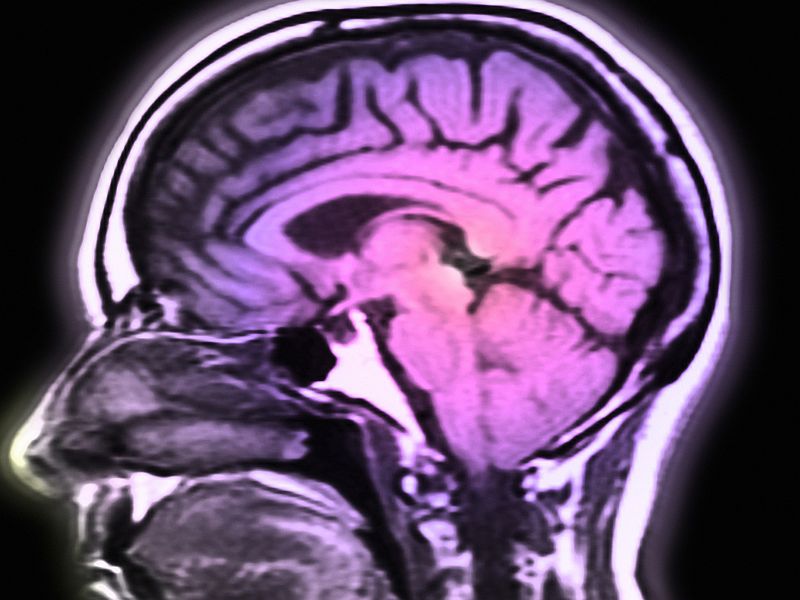Research on Almost 2,000 Brains Brings Insight Into Mental Illness

THURSDAY, Dec. 13, 2018 (HealthDay News) -- Researchers say a massive genetic analysis of the human brain has yielded new insights into the underpinnings of psychiatric diseases such as schizophrenia, bipolar disorder and autism.
Scientists at 15 institutions analyzed nearly 2,000 brains, and their findings are detailed in 11 studies published Dec. 14 in a special edition of Science and two other journals.
The researchers looked at specific genes and their regulatory networks to learn more about changes in the brain as it develops, how that varies between individuals, and the causes of certain mental disorders.
This approach made it possible to evaluate the genetic risk of diseases such as schizophrenia and bipolar disorder up to six times more accurately than with traditional analysis of known genetic risk variants, according to studies led by Mark Gerstein. He's a professor of biomedical informatics, molecular biophysics and biochemistry, computer science, and of statistics and data science at Yale University.
Gerstein and his colleagues also found these genetic risk variants can influence the function of genes very early in development and throughout life, but they have a greater chance of causing symptoms during different stages of brain development.
Another Yale team said it uncovered why the risk of developing many neuropsychiatric illnesses such as autism and schizophrenia can vary over time.
Differences in cell types between 16 regions of the brain during development may play a major role in determining whether people with genetic risk actually develop a neuropsychiatric disorder, according to researchers in the lab of Dr. Nenad Sestan, a professor of neuroscience, comparative medicine, genetics and psychiatry at Yale.
Sestan and his team also found that the greatest differences in cell types and gene expression activity occur early in the womb, decrease late in pregnancy and in early childhood, and begin to increase again in early adolescence.
These periods of significant changes in brain development are when genes associated with the risk of neuropsychiatric disorders tend to form distinct networks in certain brain areas, according to the investigators.
Modules associated with autism tend to form early in development and those associated with schizophrenia -- as well as IQ and neuroticism -- tend to form later in life.
This may explain why autism appears in early childhood and schizophrenia appears early in adulthood, the researchers said.
Another finding was that changes in the brain that cause neuropsychiatric disorders can occur months or even years before symptoms appear, according to the study authors.
"Risk factors for disease are always present, but they are not equally manifested across time and space," Sestan explained in a Yale news release.
More information
The U.S. National Institute of Mental Health has more on mental health disorders.

The news stories provided in Health News and our Health-E News Newsletter are a service of the nationally syndicated HealthDay® news and information company. Stories refer to national trends and breaking health news, and are not necessarily indicative of or always supported by our facility and providers. This information is provided for informational and educational purposes only, and is not intended to be a substitute for medical advice, diagnosis, or treatment.

